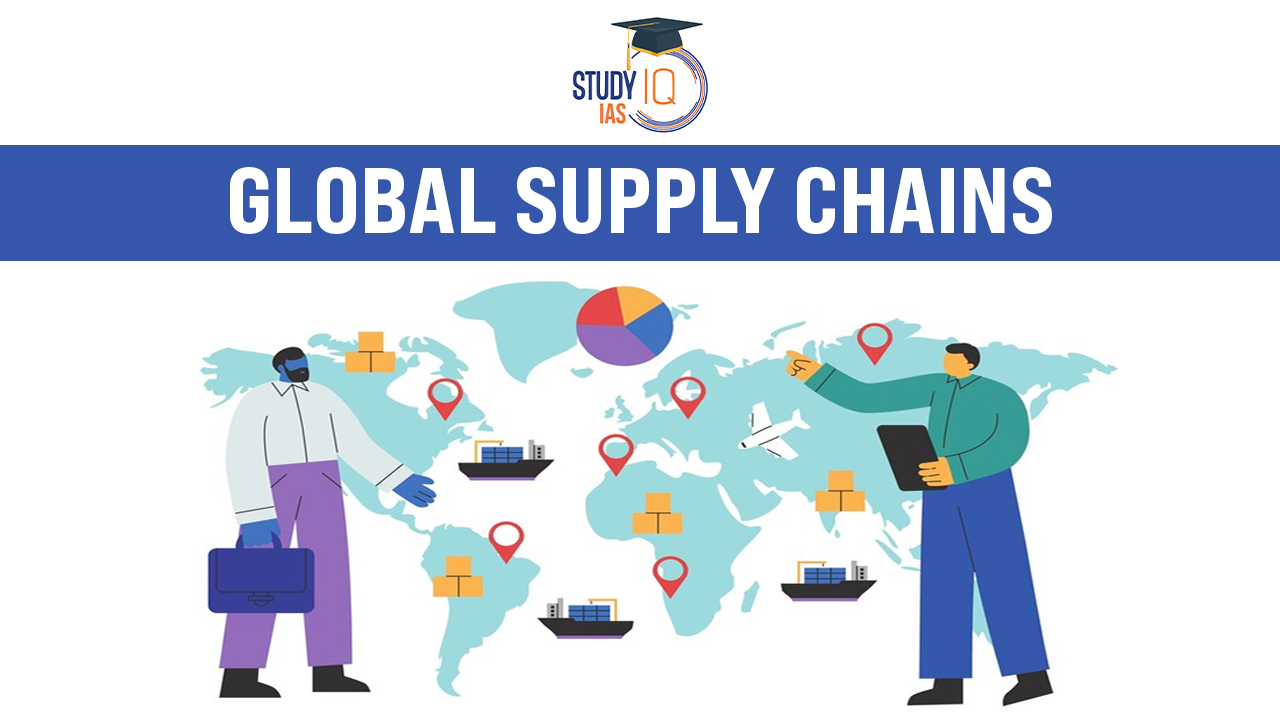Table of Contents
Global supply chains have evolved significantly over the years — from a focus on efficiency (just in time) to resilience (just in case) and now to security (just to be secure).
| Key Instances |
|
Shift from Efficiency to Resilience to Security
- Efficiency (Just in Time): From the 1980s to the 2010s, global supply chains were designed for maximum efficiency with the “just in time” model, where components were sourced and assembled globally based on cost and logistics.
- China became a key player in these efficient global supply chains.
- Resilience (Just in Case): With the COVID-19 pandemic and U.S.-China rivalry, the focus shifted to resilience — ensuring supply chains could withstand disruptions by not being overly dependent on any one country, especially China.
- Security (Just to Be Secure): Now, a further shift towards security is taking shape, especially after the Israeli pager attack.
- Countries are now focusing on safeguarding critical technologies and ensuring that supply chains are secure from foreign interference or sabotage.
India’s Role in Supply Chain Security
India must take a balanced approach to ensure secure supply chains without completely banning imports or depending solely on resilience strategies.
Two-Pronged Approach for India
- Just to Be Secure (Trust but Verify and Zero Trust)
- Trust but Verify: Apply methods such as audits, on-site inspections, and establishing mechanisms to ensure compliance with national and international security standards for technologies used in communications, transport, or critical infrastructure.
- Zero Trust: For the most critical technologies (used by the Indian military, intelligence agencies, or for cutting-edge R&D), apply a zero-trust model, assuming that all technologies could be compromised and enforcing stringent checks and monitoring.
- Just in Case (Diversification and Friendshoring): For less critical technologies, focus on diversification of vendors and friendshoring (sourcing from trusted countries) to avoid over-reliance on single suppliers and mitigate risks from supply chain disruptions.


 GPS Spoofing and Its Impact in India: A ...
GPS Spoofing and Its Impact in India: A ...
 Amrit Gyaan Kosh Portal: A Comprehensive...
Amrit Gyaan Kosh Portal: A Comprehensive...
 UpLink Initiative: Launched by World Eco...
UpLink Initiative: Launched by World Eco...





















